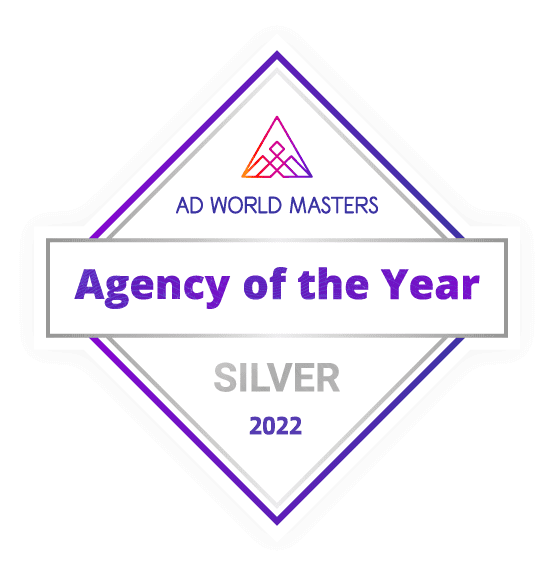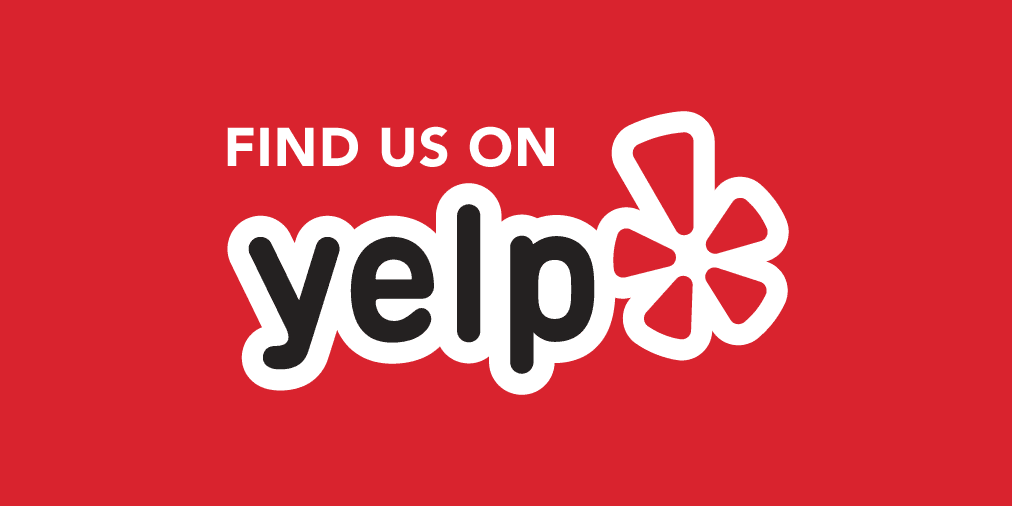 GIF stands for Graphic Interchange Format. GIFs are compressed image files that reduce transfer time. GIFs provide brands with features that allow them to engage with their audience. Even though GIFs have been around for years, brands are using them more and more as their go-to social media advertising “medium.” Several companies have utilized motion GIFs in their social media posts after realizing the importance of these file formats. For example, Twitter was one of the first social platforms to support GIFs. Shortly after, many companies started taking advantage of the opportunity. Within the past couple months, cinemagraphs have skyrocketed on Instagram, Periscopes have also taken off on Twitter, and Facebook is close to letting brands post motion GIFs. GIFs allow brands to message with consumers while swapping out text for visuals.
GIF stands for Graphic Interchange Format. GIFs are compressed image files that reduce transfer time. GIFs provide brands with features that allow them to engage with their audience. Even though GIFs have been around for years, brands are using them more and more as their go-to social media advertising “medium.” Several companies have utilized motion GIFs in their social media posts after realizing the importance of these file formats. For example, Twitter was one of the first social platforms to support GIFs. Shortly after, many companies started taking advantage of the opportunity. Within the past couple months, cinemagraphs have skyrocketed on Instagram, Periscopes have also taken off on Twitter, and Facebook is close to letting brands post motion GIFs. GIFs allow brands to message with consumers while swapping out text for visuals.
Adam Leibsohn, Giphy’s chief operating officer states, “We are starting to see this behavior where people are using content and culture to communicate—they’re not using words anymore.” He goes on to say, “When they’re doing that, there’s an opportunity for that culture to come from a brand.”
Companies like Giphy and Tumblr are building branded content on the marketers’ behalf, while brands are strengthening their own production studios and capabilities in house.
One company with a strong focus on GIFs is Paramount Pictures. After Arnold Schwarzenegger played the original Terminator, which was filmed thirty-one years ago, the film studio started working with The Studio at Giphy, otherwise known as the Giphy’s in-house creative team, to promote this summer’s Terminator Genisys movie.
Paramount Pictures decided to ask GIF artists to create six different posts leading up to the film’s premiere on July 1. This marketing campaign is targeting millennials and teens who might not have been familiar with the original film in 1984. These GIFs would feature props and scenes from the Terminator movie. For example, the Terminatior’s hand or the famous motorcycle ride.
Paramount is in fact the latest brand to work with Giphy in building “branded vocabulary” also commonly called branded content. Over the past 18 months, the platform has quickly built up an in-house creative studio, working with over a dozen marketers including brands like Bacardi, KitKat, and Toyota.
The Studio at Giphy is comprosed of a team of 28 staffers and a network of more than 300 GIF artists that help with creative briefs, advising brands, and which types of GIFs will resonate best with people. Giphy’s business has picked up over the last six months and it is expected to keep growing as more brands clamor for animated loops. The average package Giphy offers contains 25 to 50 GIFs that brands then post on social media. The short clips are a library of content that can be posted to any social platform. Leibsohn says, “We’re building really basic elements of communication.” He continues on saying, “It’s like an alphabet—if you have all the letters, you can make all the words.”

Tumblr Relies on GIFs to Win Brands Over
Tumblr is heavily relying on its reputation for making GIFs mainstream to win brands over. Tumblr’s Creatrs program, which was launched in January, is also a branded content studio, very similar to the Studio at Giphy. After brands tested in 2014, Tumblr’s Creatrs decided to pair up marketers with popular artists. Tumblr’s head of creative strategy, David Hayes, says, “We’re now six months into 2015, and we’ve already done three times the number of campaigns that we did all of last year,” he said. “If you take into account that 90 percent of all the content we’re creating are animated GIFs, that speaks to how popular that content is on Tumblr.”As GIF remains the No. 1 piece of content that marketers want, Tumblr GIF program is working hard to cater to their customers’ needs as they continue to evolve.









